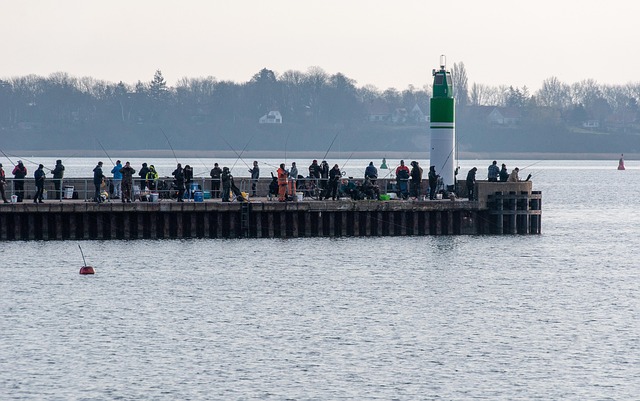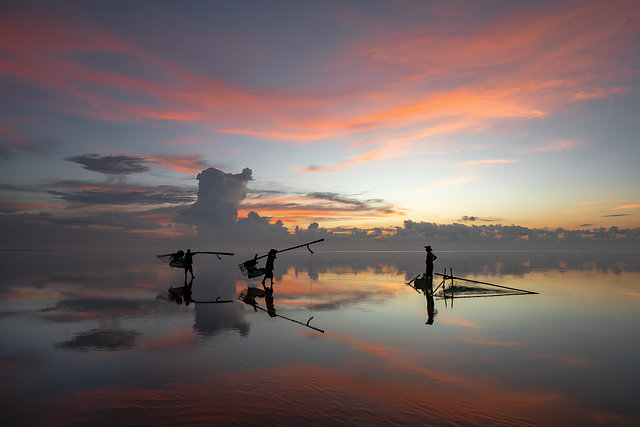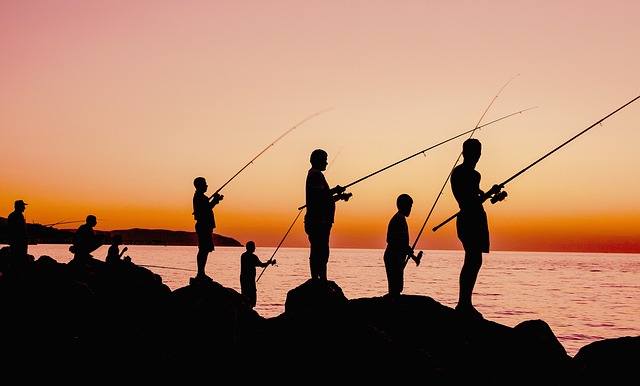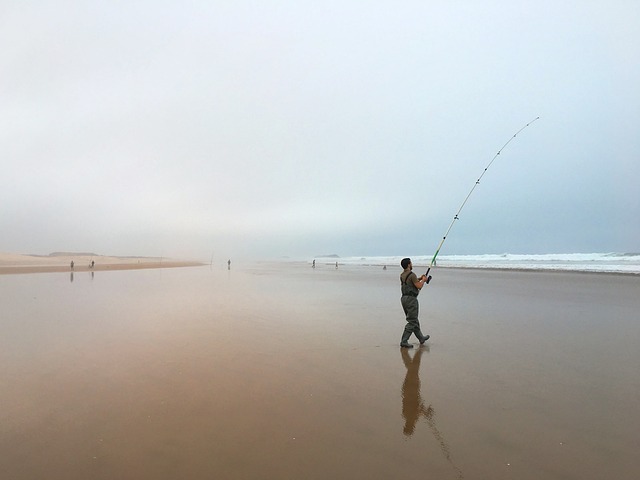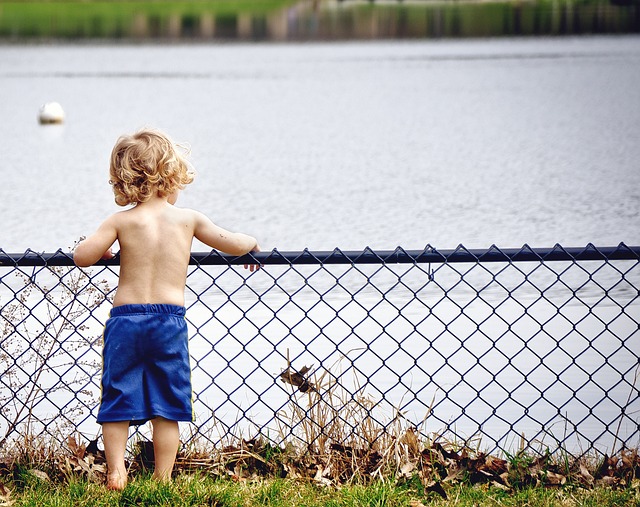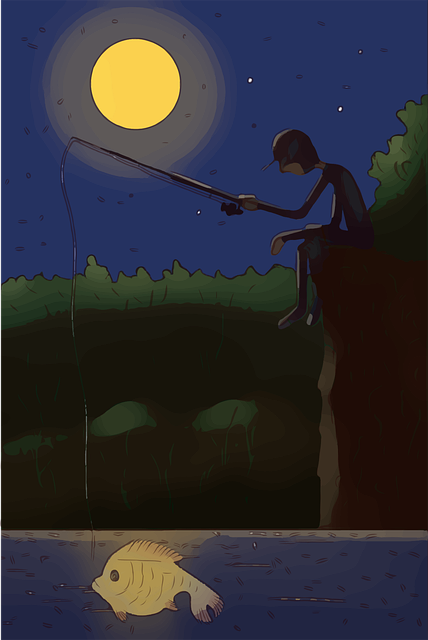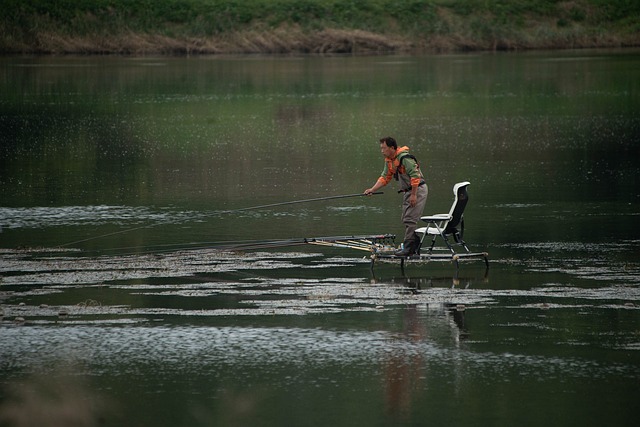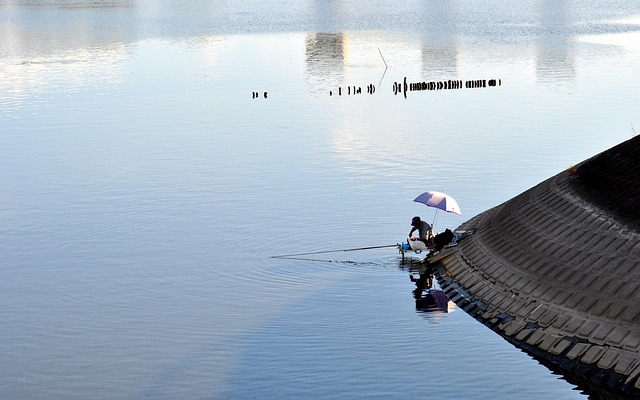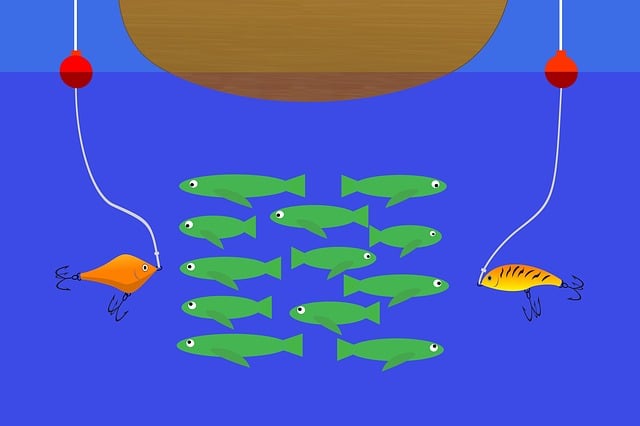Category: Fishing Spots in Lane County Oregon
Fishing Spots in Lane County, Oregon: A Comprehensive Guide
Introduction
In the heart of the Pacific Northwest lies Lane County, Oregon, a region renowned for its breathtaking natural beauty and abundant outdoor recreational opportunities. Among these treasures, fishing spots along the county’s rivers, lakes, and coastal areas have garnered significant attention from anglers and outdoor enthusiasts alike. This article delves into the diverse and dynamic world of fishing in Lane County, exploring its historical significance, current trends, economic impact, technological innovations, regulatory framework, challenges, and future prospects. By examining these aspects, we aim to provide an insightful guide for both local and visiting anglers seeking exceptional fishing experiences.
Understanding Fishing Spots in Lane County, Oregon
Definition and Core Components
Fishing spots in Lane County refer to specific locations along the county’s water bodies where anglers can successfully catch a variety of fish species. These spots encompass diverse environments such as rivers, streams, lakes, ponds, and coastal areas, each offering unique ecological conditions and fish populations. The core components include:
- Water Bodies: Major rivers like the Willamette River, McKenzie River, and their tributaries, along with serene lakes such as Lake Albany and Diamond Lake, provide the physical infrastructure for fishing.
- Fish Populations: Lane County is home to a diverse range of fish species including trout (rainbow, cutthroat), bass (smallmouth, largemouth), salmon ( Chinook, Coho), and pike.
- Access Points: These are locations where anglers can gain legal access to the water bodies, often facilitated by public parks, boat ramps, or fishing piers.
- Ecological Conditions: Factors like water temperature, depth, current, and surrounding vegetation influence fish behavior and distribution, making some spots more productive than others.
Historical Context
Fishing in Lane County has a rich history dating back thousands of years when indigenous tribes relied on these waters for sustenance. Traditional fishing methods included spearing, net casting, and trap fishing. As European settlers arrived, commercial fishing developed along the coast, targeting salmon and other species. Over time, angling for sport became increasingly popular, leading to the establishment of guidelines and regulations to preserve fish populations. Today, a balance between recreational fishing, commercial interests, and conservation efforts defines Lane County’s fishing spots.
Significance and Fit within the Broad Landscape
Fishing spots in Lane County play a vital role in the local economy, promoting tourism and providing recreational opportunities for residents and visitors. They also contribute to scientific research on fish behavior and ecology, and help educate the public about sustainable fishing practices. Moreover, these spots serve as cultural landmarks, reflecting the region’s history and natural heritage.
Global Impact and Trends
International Influence
Lane County’s fishing spots have gained international recognition for their exceptional quality and diversity. Anglers from around the world travel to experience the county’s rivers and lakes, particularly during peak seasons. This global interest contributes to the local economy through tourism, with many visitors staying in local accommodations and supporting area businesses.
Shaping Trends
Several key trends influence the landscape of fishing spots in Lane County:
- Sustainable Fishing Practices: There is a growing emphasis on conservation and sustainable harvesting to ensure fish populations remain healthy for future generations.
- Technology Integration: Advanced technologies like satellite mapping, sonar, and GPS are being used by anglers to locate fish and improve catch rates.
- Climate Change Considerations: Changing water temperatures and stream flows due to climate change impact fish habitats and migration patterns.
- Diversification of Angling Activities: Beyond traditional angling, activities like fly-fishing, kayak fishing, and ice fishing are gaining popularity, attracting diverse anglers.
Regional Variations
Different regions within Lane County exhibit unique characteristics:
- Coastal Areas: Known for excellent saltwater fishing, these spots attract experienced anglers seeking ocean species like halibut and rockfish.
- Rivers and Streams: Popular for trout and salmon fishing, rivers like the Willamette and McKenzie offer diverse fishing experiences throughout the year.
- Lakes and Reservoirs: Lakes such as Diamond Lake cater to various fishing methods, from shore fishing to boating, offering opportunities for bass, walleye, and perch.
Economic Considerations
Market Dynamics
Fishing in Lane County generates a substantial economic impact, primarily through:
- Tourism: Anglers contribute to local tourism by staying in hotels, renting equipment, dining out, and purchasing bait and supplies.
- Recreational Spending: Local businesses benefit from increased foot traffic, with anglers spending money on gas, vehicle maintenance, souvenirs, and other services.
- Commercial Fishing: While smaller in scale compared to coastal regions, commercial fishing operations along the Lane County coast target specific species for local and international markets.
Investment Patterns
Investments in Lane County’s fishing spots primarily stem from:
- Public Access Improvements: Funding for park development, boat ramps, and fishing piers enhances accessibility and attracts more anglers.
- Conservation Efforts: Private and public initiatives support fish habitat restoration projects, improving overall fishery health.
- Real Estate Development: Some areas see residential and recreational developments targeting anglers, further boosting local economy.
Technological Innovations
Advanced Fishing Technologies
Technological innovations have revolutionized fishing in Lane County:
- GPS and Sonar Systems: Anglers use these devices to locate fish schools, identify deep-water structures, and navigate rivers effectively.
- Satellite Mapping: High-resolution satellite imagery helps anglers plan trips, identify potential fishing spots, and monitor water conditions.
- Smartphone Apps: Various apps provide real-time information on fish catches, weather forecasts, and local fishing regulations, aiding anglers in their decision-making.
- Automated Fishing Gear: Some advanced anglers employ automated systems for trolling or casting, increasing efficiency and catch rates.
Regulatory Framework
Legal Considerations
Fishing regulations in Lane County are designed to protect fish populations and ensure sustainable angling:
- Licensing and Permits: Anglers must obtain valid Oregon fishing licenses, with specific permits required for certain species or body of water.
- Size and Bag Limits: Regulations set minimum size limits for catch and maximum daily bag limits to prevent overfishing.
- Seasonal Restrictions: Some fish species have closed seasons to allow for breeding and population recovery.
- Catch-and-Release Guidelines: For certain trophy species, catch-and-release practices are encouraged to maintain healthy populations.
Enforcement and Compliance
Enforcement of fishing regulations is handled by the Oregon Department of Fish and Wildlife (ODFW), which employs patrols and works with local law enforcement. Compliance is generally high among anglers, who appreciate the need for regulations to preserve fish resources. ODFW also provides education and outreach programs to ensure anglers understand and follow rules.
Challenges
Overfishing Concerns
One of the primary challenges facing Lane County’s fishing spots is overfishing, particularly for certain species like salmon and trout. Balancing angler demand with fish population health requires careful management and regulatory adjustments.
Habitat Degradation
Human activities such as development, pollution, and stream alterations can degrade fish habitats. Restoring and protecting these habitats is crucial for maintaining healthy fish populations.
Access and Equity
Ensuring equitable access to fishing spots, especially in rural areas, is a challenge. Improving public infrastructure and providing affordable opportunities can help address this issue.
Future Prospects
Conservation and Restoration
Future efforts should focus on conservation and restoration projects to enhance fish habitats, improve water quality, and restore historical fishing grounds. Collaboration between anglers, scientists, and land managers is essential for these initiatives.
Technological Advancements
Continued technological advancements will play a significant role in angling, offering more precise data and tools for fish location, species identification, and catch monitoring.
Sustainable Tourism Management
As fishing popularity grows, sustainable tourism management becomes critical. Balancing angler access, environmental impacts, and economic benefits will ensure the long-term health of Lane County’s fishing spots.
Conclusion
Fishing spots in Lane County, Oregon, offer a rich tapestry of natural beauty, cultural history, and recreational opportunities. From rivers to lakes and coastal areas, these spots cater to anglers of all levels and interests. By embracing sustainable practices, leveraging technology, and prioritizing conservation, Lane County can continue to provide exceptional fishing experiences for current and future generations.
